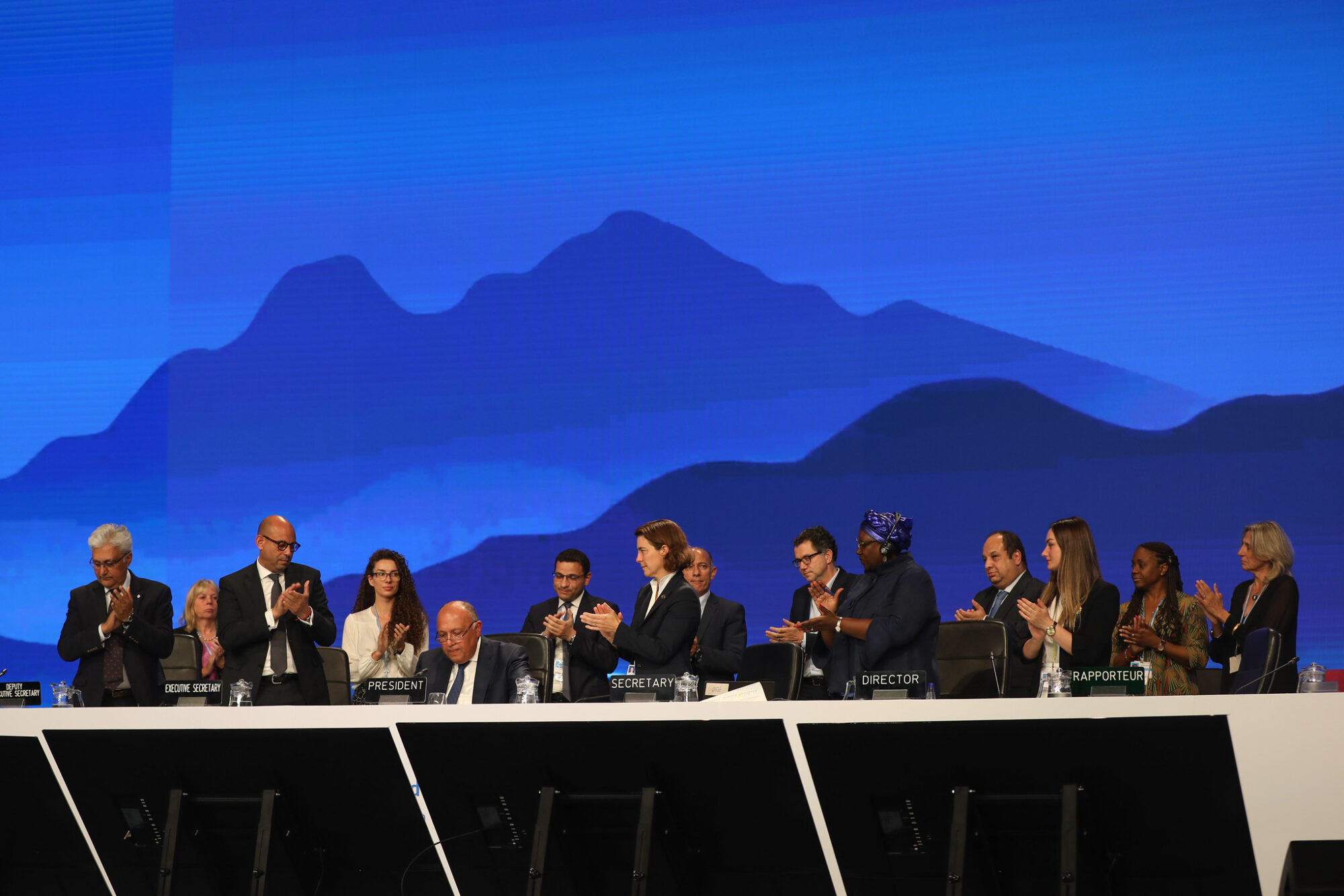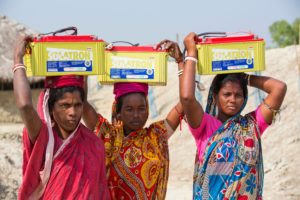“Nothing is agreed until everything is agreed.” This catchphrase, oft-repeated by climate change negotiators throughout COP27, echoed in the corridors until the last moments of the UN climate conference which concluded yesterday in Egypt.
For the first time in the history of the negotiations, a “loss and damage fund” which would help developing countries shoulder the financial burden of the climate crisis was approved after two weeks of intense discussions. Some developed countries were reluctant to support the fund as, in their view, it could expose them to legal liability for climate disasters.
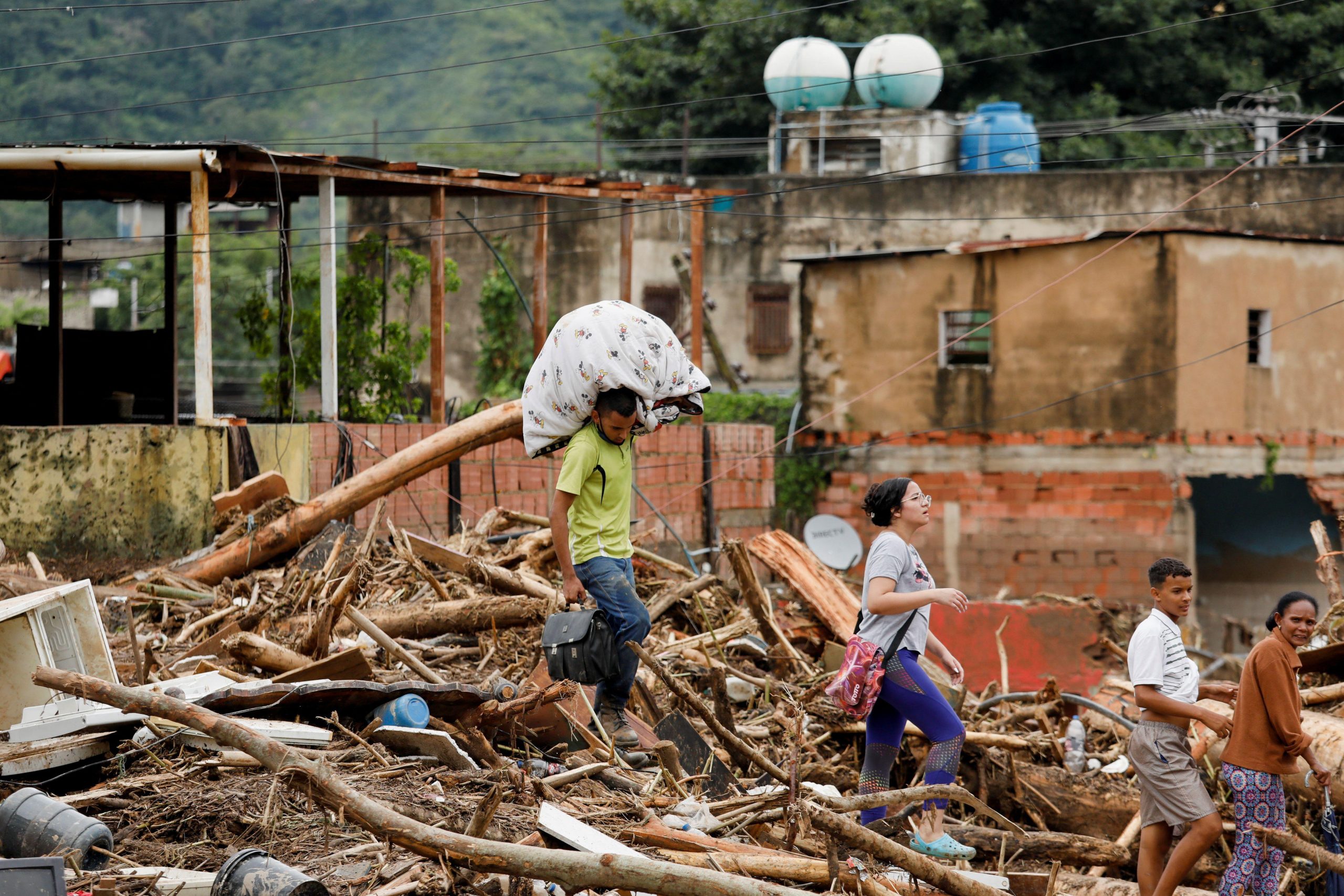
The EU initially said it would only support the fund if emerging economies with large emissions, such as China, would also pay into it, rather than having it limited to historically large emitters such as the EU and the US. Yet despite China rejecting the possibility of contributing, the fund still got the green light.
“We had 30 years of patience. This is a unique moment, a victory for all citizens of the world,” Alpha Kaloga, the lead negotiator for the African group of countries at COP27, wrote jubilantly on Twitter when the fund was finally approved at the end of the summit early yesterday.
Much of this achievement has to do with the united front presented by the countries of the Global South, with the G77, the Small Island States (AOSIS) and the Independent Association of Latin America and the Caribbean (AILAC) leading the way.
The agreement is not perfect, but it does respond to the demands of developing countries. As a first step, it was decided to create a Transitional Committee (composed of representatives from both the Global North and the various regions of the South) that should meet for the first time before 31 March 2023 and arrive at COP28 in late 2023 with a roadmap for operationalising the fund.
Among the issues that will be important to decide is who contributes and who receives the funds. A debate is also pending on the very definition of development and the need for reform of financial systems.
We had 30 years of patience. This is a unique moment, a victory for all citizens of the world
Despite the progress made on loss and damage in Egypt, the final text of the conference does not include more ambitious language on fossil fuels than its predecessor in Glasgow in 2021. There is reference to moving away from coal, but not from oil and natural gas – although there are several mentions of the need to increase renewable energy.
The text includes specific mentions of the need to prevent temperatures from rising more than 1.5°C, one of the targets included in the 2015 Paris Agreement. Some countries at the conference had resisted including such a target. Global temperatures have already risen by 1.1°C.
Latin America’s just energy transition
COP27 was an opportunity for Latin America to discuss its energy transition on the margins of the conference. Ministers of energy and environment, representatives of energy companies and members of civil society agreed on the need for the transition, but made it clear that achieving one will not be easy.
More than 30% of Chile’s energy comes from non-conventional renewable sources. The country has already closed seven of its coal-fired plants, while 12 others are scheduled for closure, said Diego Pardow, the Chilean energy minister. The government is committed to decarbonisation, but is aware of the instability in the electricity grid caused by the closure of the plants, Pardow added, suggesting that they should be reconverted, something Chile is now reviewing.
“We have to generate new sources of energy to replace them. Otherwise we end up using diesel, which also generates emissions and is more expensive,” he said. “The first plants we closed were backup plants, but the next ones are 100% operational.”
At COP, Chile joined the Beyond Oil & Gas Alliance (BOGA) agreement to phase out oil and gas production and stop granting permits for new exploration. Costa Rica was already a member, but its participation now plays a more secondary role, according to its negotiators.
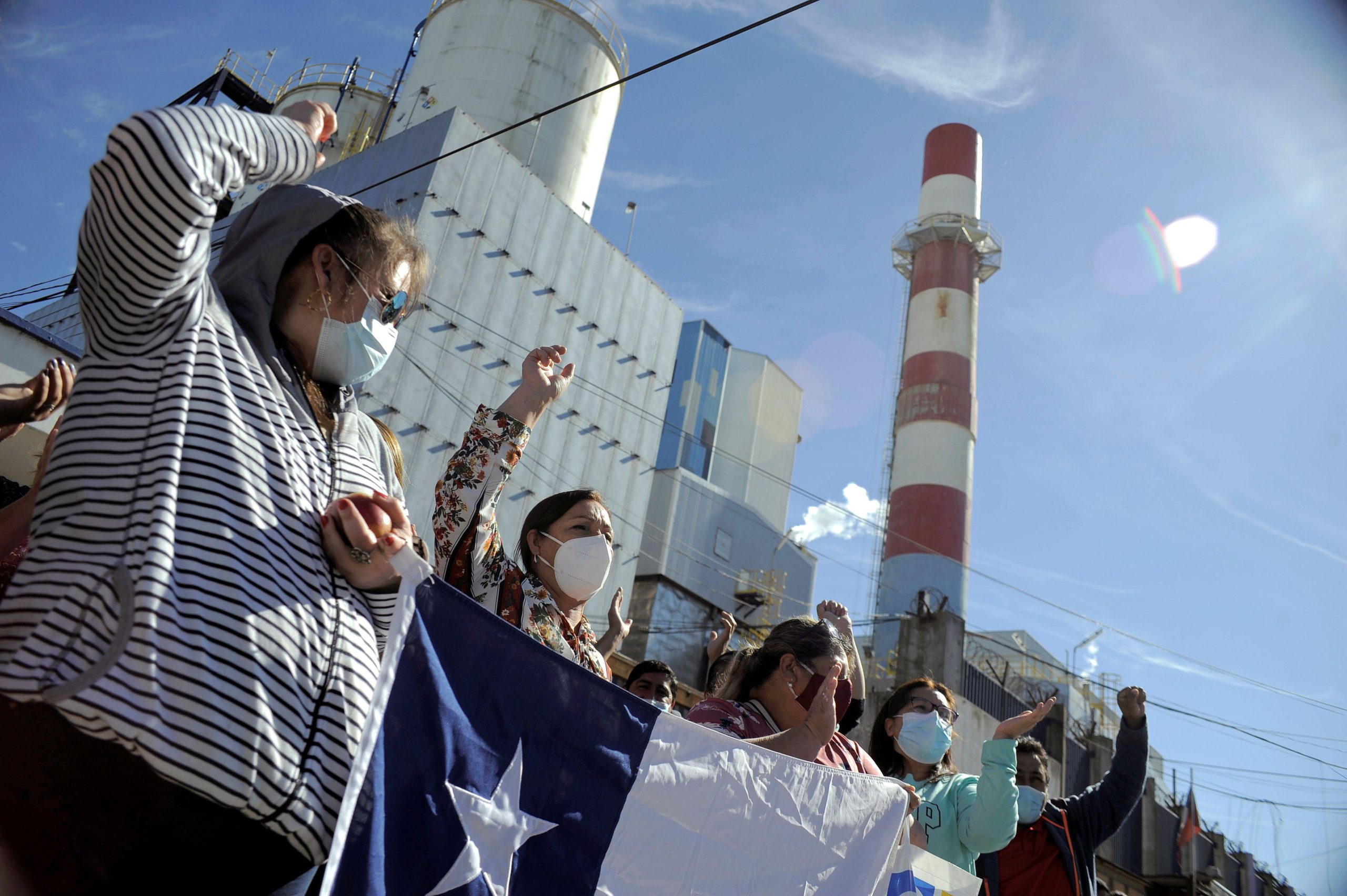
The International Energy Agency (IEA) has stated that no new oil and gas fields must be developed if the world is to limit global warming to 1.5 degrees Celsius and avoid its worst consequences. However, the disruption in the energy sector due to the war in Ukraine has given a boost to fossil fuels around the world. In Latin America, governments are increasingly suggesting the use of natural gas as a transition fuel.
“Coal is on the decline in the long term, despite the revival it experienced because of the war,” said Susana Muhamad, Colombia’s environment minister. “It is up to us to make an orderly transition [to clean energy] happen. We have to make the transition happen for entire regions that depend on coal – we have the political will to make the effort.”
Along with Chile, Colombia is one of the most advanced countries in Latin America in the development of green hydrogen, a fuel generated from clean energies that will play an important role in the transition. The region’s potential in the development of the fuel was highlighted at COP27 at different side events.
We have to make the transition happen for entire regions that depend on coal – we have the political will to make the effort
For Javiera Lecourt of Chile’s CEUS, a non-profit organisation which works with youth to tackle environmental challenges, Latin America must be careful about how it develops green hydrogen to avoid repeating the mistakes of the past, such as when fossil fuel projects in the region caused widespread illness. “It is the right time to look at how we approach the energy transition. We don’t want new sacrifice zones or environmental stress caused by a lack of analysis of the impacts of new technologies,” she said.
The debt crisis and climate change
While Latin America doesn’t negotiate as a single bloc at climate summits, with each country instead bringing different demands, there was one issue on which all countries seemed to agree. The region is in the midst of a sovereign debt crisis, especially since the pandemic, which governments argue prevents them from being more ambitious on climate action amid limited climate finance.
The conference text refers to the “increasing levels of indebtedness” of developing countries and calls on international financial institutions and multilateral development banks to “reform their practices and priorities, define a new vision and operating model and develop new instruments that do not increase debts.”
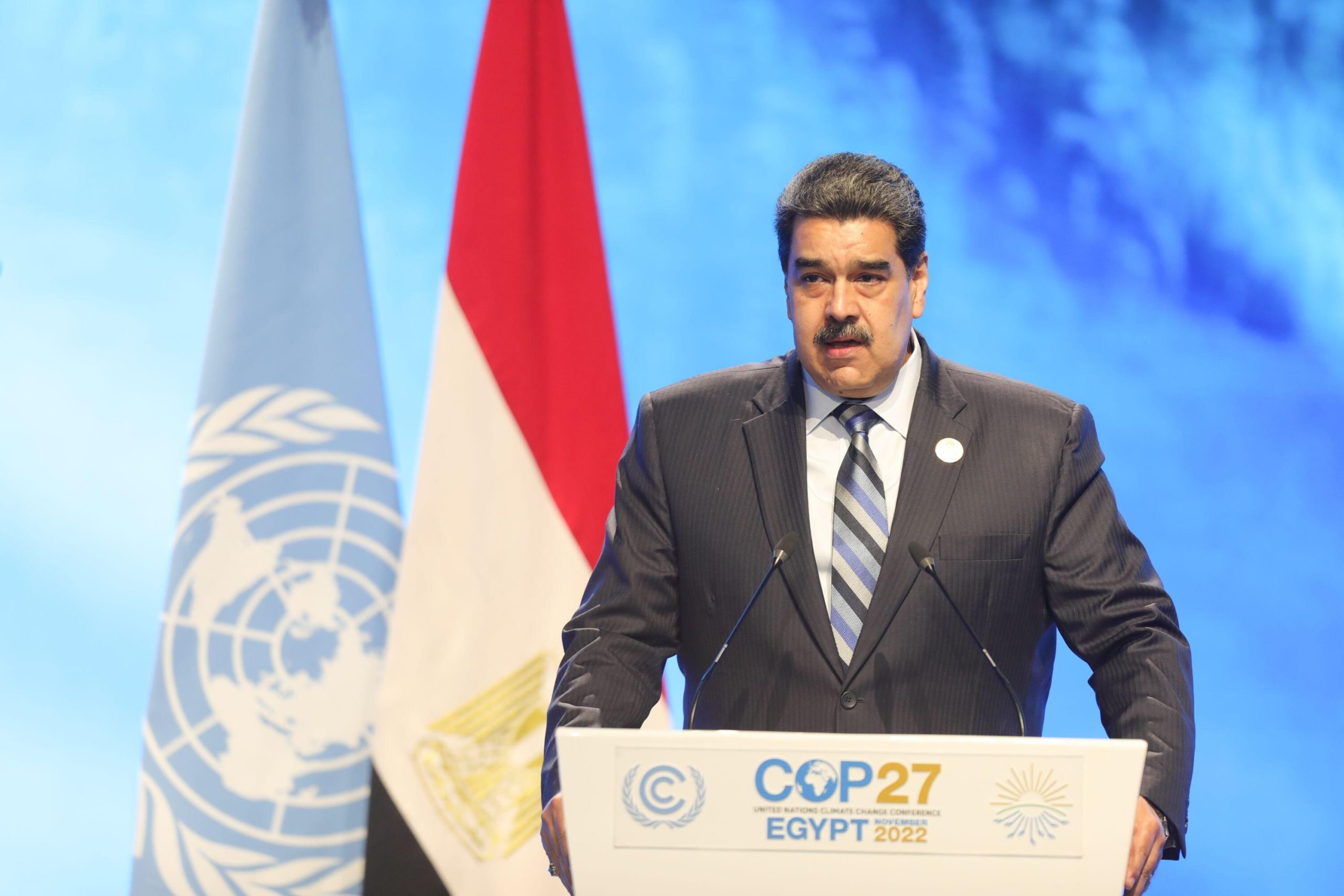
During his visit to COP27, Colombian President Gustavo Petro presented his “Ten Commandments” for climate action calling, among other things, for the reform of financial institutions, as well as a debt-for-climate action swap. Countries such as Paraguay, Argentina, Barbados and Belize, among others, backed the debt call.
Debt-for-climate swaps are usually a voluntary transaction in which a creditor cancels or reduces the amount of a developing country government’s debt in exchange for the debtor’s financial commitment to programmes to reduce its emissions. There are recent examples in Caribbean countries, but the sums are small.
The challenge is to scale up such mechanisms and involve Latin America’s main creditors, such as the International Monetary Fund (IMF) and China. IMF specialists were in favour of debt swaps at COP27 and suggested implementing them, but the proposal still needs to be approved by the board of directors.
“Countries are in a vicious cycle of debt and climate change,” said Kristina Kostial, one of the IMF’s deputy directors. “Large debts restrict the fiscal space of countries, which then find it very difficult to invest in building resilience and rebuilding from natural disasters.”
The next steps
While COP27 is officially over, Latin American countries face a challenging road ahead. The region contributes only 8% of global greenhouse gas emissions but is one of the hardest hit by the effects of the climate crisis, and this is expected to worsen in the coming years.
Latin American countries have emission reduction and adaptation plans which will need developing and implementing by 2030. But to achieve this, between $154 billion and $198 billion will be needed, according to a preliminary report from the UN’s Economic Commission for Latin America and the Caribbean (ECLAC), much more than the $22 billion currently available.
The next climate change conference will take place at the end of 2023, in the United Arab Emirates, which had the largest delegation at COP27. The country’s delegates defended the UAE’s continued use of fossil fuels, instead suggesting emissions capture and storage as a way of reducing carbon emissions, a technology that is underdeveloped.
Oil and gas has a key role to play in this transition. Since it is part of the problem, it must be part of the solution
“Oil and gas has a key role to play in this transition. Since it is part of the problem, it must be part of the solution,” said UAE oil minister Tarek El Molla.
But for María Laura Rojas, director of the organisation Transforma, the fact that the next COP will be organised in a country that plans to continue using fossil fuels is a warning sign. “Civil society organisations have to remain alert and keep our fingers on the pulse of the process, especially with host countries that are not aligned with the ambition that is required,” she said.
This article is part of COMUNIDAD PLANETA, a journalistic project led by Journalists for the Planet (PxP) in Latin America, of which Diálogo Chino is a member.
